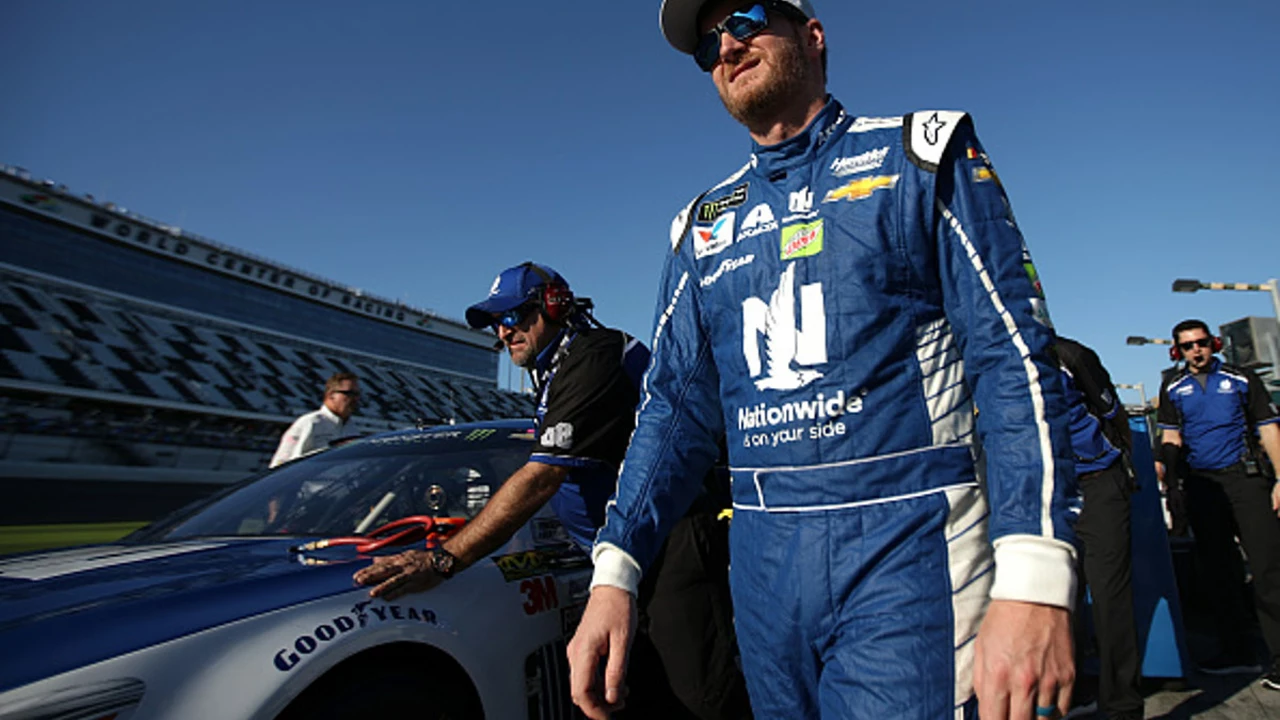Motor Racing Explained: From Thrilling Races to Getting Behind the Wheel
Motor racing is all about speed, skill and the roar of engines. Whether you watch from home or dream of hopping into a race car, the sport offers a mix of high‑octane excitement and clear paths to get involved.
Top Motor Racing Series You Should Know
Most fans start with the big names. Formula 1 is the premier open‑wheel championship, known for cutting‑edge tech and global glamour. IndyCar brings similar speed to American tracks, with a mix of ovals and street circuits. World Endurance Championship (WEC) features long‑distance races like the 24‑Hour of Le Mans, testing both car and driver stamina. If you prefer short, straight‑line action, drag racing delivers quick bursts of power on a quarter‑mile strip. Finally, rally swaps the track for off‑road terrain, letting drivers tackle dirt, snow and gravel.
Each series has its own fan culture, schedule and star drivers. Checking the official calendars helps you plan which events to watch live or stream online.
How to Start Your Own Racing Journey
Thinking about getting behind the wheel? The first step is a basic driver’s licence – most clubs require it before you can even test a kart. Karting is the cheapest and most common entry point; it teaches car control without the high costs of a full‑size race car.
Once you’ve got a feel for karting, look for a local motorsport club that offers a racing licence programme. These courses cover track safety, flag signals and basic car mechanics. They usually end with a practical test where you demonstrate control on a real circuit.
If you prefer a slower start, try a performance driving school. Schools like Simraceway near San Francisco provide weekend courses on real tracks, giving you a taste of racing lines and braking points without a long‑term commitment.
Budget matters, too. Racing can get pricey fast – entry fees, safety gear, fuel and repairs add up. Many beginners offset costs by joining a team, sharing a car or seeking sponsorship from local businesses.
Safety is non‑negotiable. Always wear a FIA‑approved helmet, a fire‑resistant suit and a HANS device if you’re in a high‑speed series. Attend every pre‑race safety briefing and respect track limits – the fastest laps come from staying in control, not taking reckless shortcuts.
Lastly, stay plugged into the community. Forums, social media groups and local meet‑ups let you swap tips, find practice sessions and maybe even land a ride in someone’s car. The more you engage, the quicker you’ll progress.
Motor racing isn’t just for pros; it’s a hobby you can shape to fit your time, budget and ambition. Start with a kart, learn the rules, and watch the world’s top races for inspiration. Before you know it, you’ll be part of the thrilling world of speed.

How would I get into motor racing as a 23 year old?
As a 23-year-old, getting into motor racing involves a few key steps. Firstly, you need to understand the sport, its rules and safety measures. Next, getting a basic education in driving and mechanics is crucial. It's also important to gain some hands-on experience, possibly through go-karting or attending a racing school. Lastly, networking within the industry, joining a racing club, and persistently seeking opportunities can lead you to your first race.
read more

